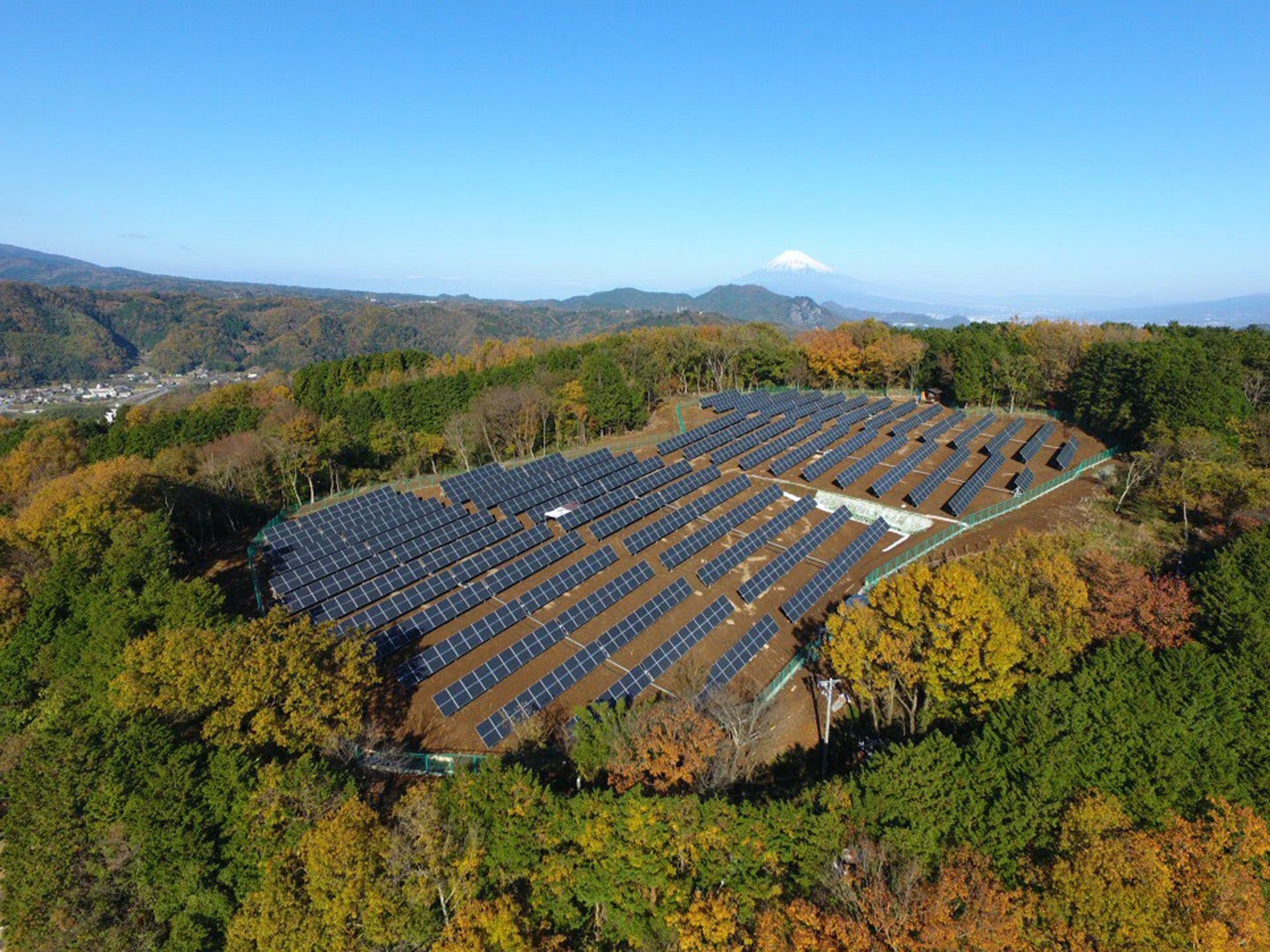How The United States Managed Climate Change Progress Without Congress
Over a decade ago, the US acknowledged that if the climate-change impasse were to be resolved, remedies would have to be put in place. It turns out that all of it was simply words a decade ago, and no law was passed. Of course, all of this had consequences: rising sea levels, roaring wildfires, and the warmest ten years in human history since no climate-change legislation has been approved.


It’s difficult to ignore the rate at which automakers such as Ford are transitioning to manufacturing more electric vehicles than gas-powered vehicles, while others such as Honda and Volvo are making encouraging headway toward similar goals. Purchasing solar batteries, for example, has become substantially less expensive. Since no climate-change legislation has been approved, America should logically sit back and watch climate change take the country away. Despite this, America is decarbonizing, which begs the question of how, and why.
Engineers, academics, and economics appear to have figured out why this is occurring. They claim that the best way to achieve decarbonization is through a feedback loop, which follows a self-accelerating process. This process outlines how policy, technology, industry, and politics may all work together to decrease the cost of zero-carbon energy, establish pro-climate alliances, and accelerate humanity’s decarbonization.


The concept that underpins the entire procedure is that practice makes perfect. This concept may seem obvious, but it is frequently overlooked in policy discussions, even though it has worked greatly in decarbonization in the recent past. This concept is also used to define a positive feedback loop in the process. The policy may accelerate technology development. As technology advances, it becomes less expensive, meaning more businesses will embrace them. As more businesses embrace them, their executives get more comfortable with climate policy in general and pro-technology policy in particular, allowing governments to approve more aggressive legislation, and the cycle repeats.
